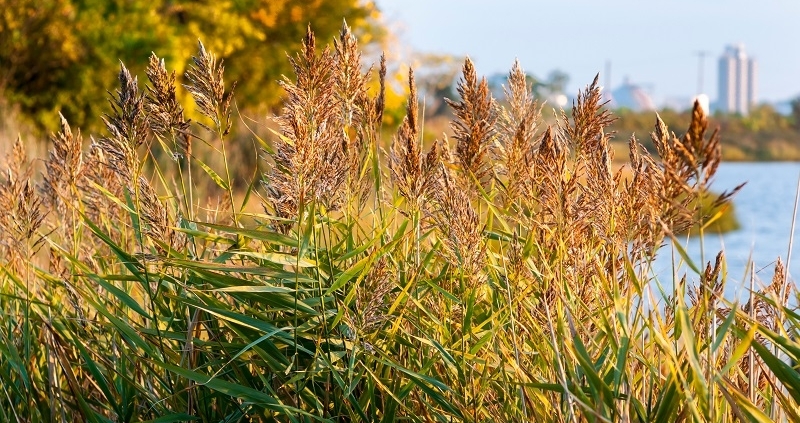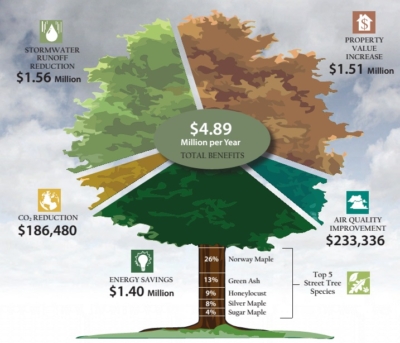Three Ways Corporations Can Battle Invasive Species
Invasive species do incredible damage to our natural world. From Dutch elm disease devastating the American elm tree in the 1930s, North American rhododendron hybrids choking woodlands in Western Europe today and over 30 species of introduced mammals riding roughshod over New Zealand’s wild and wonderful lands since the 18th century, species introduced accidently or on purpose can have powerful impacts.
WHC’s corporate partners, due to their international presence, their well-defined supply chains and knowledge of their industries, are uniquely positioned to make a positive difference in this arena.
The spread of invasive species is ranked second only to habitat destruction and degradation as the leading threat to biodiversity. Invasive species crowd out natives, outcompete native species for resources, bring disease that native species have no immunity to, or hybridize with native species. They have been shown to effect endangered species, accelerating their march towards extinction or extirpation.
Currently, with almost 900 certified programs worldwide, WHC’s corporate partners are implementing over 380 projects focused on invasive species. Many of these projects seek to identify, manage or eradicate invasive species on their lands, while others seek to mitigate the impact of invasive species on protected species. In most cases, the effort is site-specific and often species-specific. These activities are powerful and important.
Corporations, with their mosaics of landholdings, their international supply chains and their process-driven approaches to risk mitigation, can undertake even more powerful activities like implementing a systematic approach to preventing the spread of invasive species through the Hazard Analysis and Critical Control Point (HACCP)process. HACCP is a planning approach to food safety. It was adapted for use in natural resources management by the National Sea Grant Program and then by the U.S. Fish and Wildlife Service to prevent the spread of invasive species.
HACCP planning identifies the risk of invasive species introduction or movement along pathways and provides for a consistent methodology to manage these pathways at critical points. Businesses that move goods and materials from extraction to processing to customers may have many pathways along which invasive species can move. By engaging in HACCP planning, business may be able to identify these pathways and reduce the spread of invasive species through simple operational changes. For example, at the Department of Defense, movement of military equipment was identified as a possible pathway for the spread of invasive species, so a new protocol for washing vehicles prior and subsequent to deployment has been implemented.
Protocols to impede the spread of invasive species are in place for shipping and manufacturing activities such as the movement of wood pallets, management of ballast water in ships, the makeup of packing materials and other aspects of international commerce. WHC’s corporate partners and any business engaged in the movement of materials can review their own processes using HACCP or another systematic planning approach, implement the protocols and make operational changes that will further impede the spread of invasive species.
Businesses that do not move goods and materials can also make a difference by enrolling their lands into a sentinel site program – an early-warning network alerting scientists to the spread of invasive species into new regions. By carrying out an intensive baseline inventory and supporting a robust monitoring program, corporate lands can not only add to the body of knowledge around the range and limits of some of the most damaging species, they can also engage community members and academic institutions in their efforts.
In short, there are three ways that corporate landholders can have a real impact on the global problem of invasive species:
- Through risk analysis and operational modification, they can impede the spread of species.
- Through enrollment in a sentinel program they can add to the body of knowledge around invasive species and their current reach.
- Through restoration of native habitat they can provide employees and community members with an image of what a healthy system looks like and support efforts to fund, implement and monitor invasive species prevention and eradication programs worldwide.
From the international perspective to the local view, corporations can play a critical role in this threat to our natural world.



